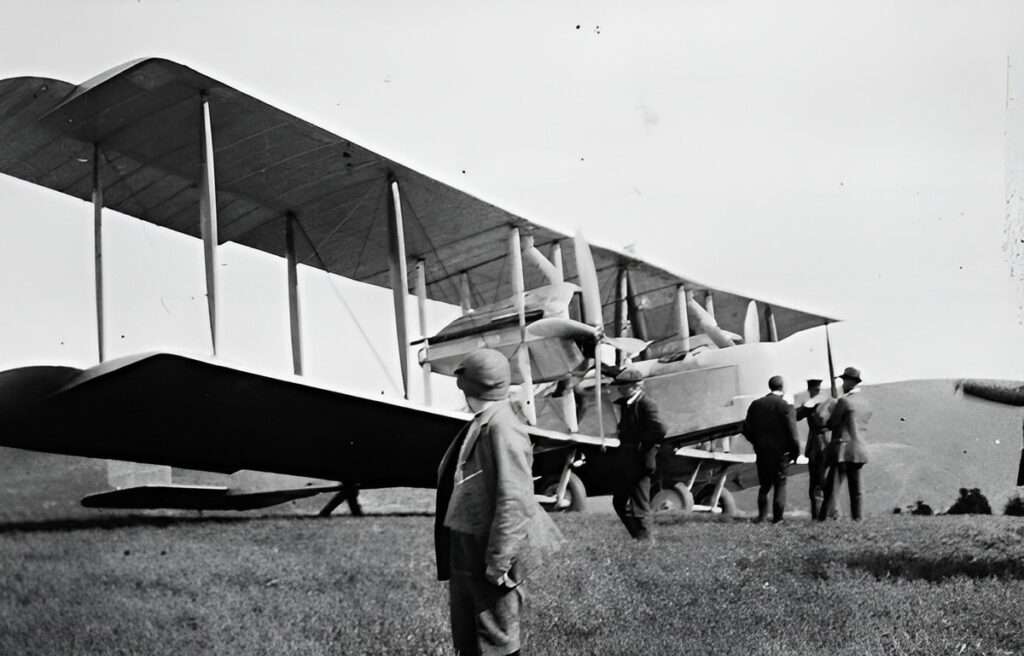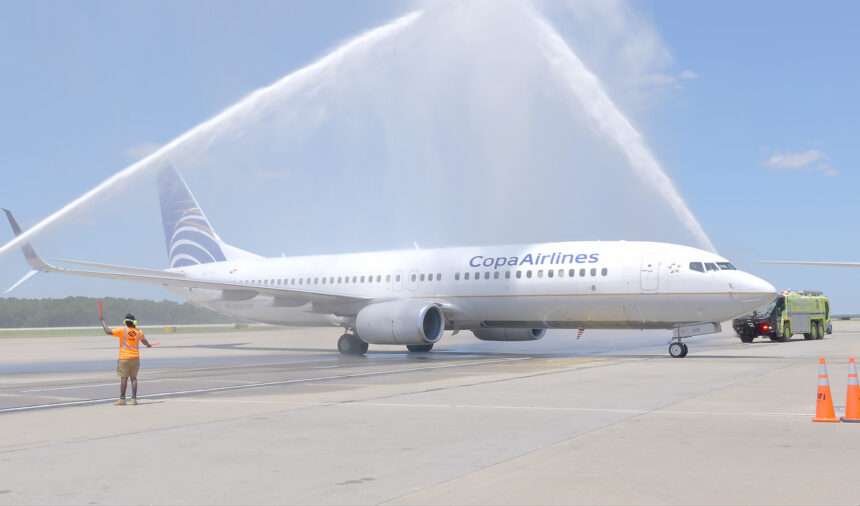Today, on June 14, 2024, we mark the 105th anniversary of a monumental feat in aviation history: the first non-stop transatlantic crossing by John Alcock and Arthur Whitten Brown.
The pair left Newfoundland and landed at Clifden in Connemara, Ireland some 16 hours later to become national heroes.
In 1919, these two intrepid aviators defied the limitations of their time. They conquered the vast Atlantic Ocean and etched their names forever in the annals of aviation history.
A Bold Dream Takes Flight
The dream of transatlantic flight captivated the world in the early 20th century. In 1913, the Daily Mail newspaper offered a hefty £10,000 prize to the first crew to complete a non-stop crossing within 72 hours.
The challenge ignited the imaginations of aviators worldwide, but the outbreak of World War I forced its postponement.
Enter John Alcock, a decorated pilot with the Royal Naval Air Service, and Arthur Whitten Brown, a skilled navigator who had been a prisoner of war in Germany.
Despite the war’s toll on aviation technology, Alcock was grimly determined to claim the prize. He convinced Vickers Limited, a British aircraft manufacturer, to enter the competition with a modified Vickers Vimy bomber. The aircraft was a leftover from the war effort.

A Perilous Journey Across the Atlantic
On June 14, 1919, under the watchful gaze of a small crowd in St. John’s, Newfoundland, Alcock and Brown took off in their heavily laden Vimy.
The aircraft, pushed to its limits with 865 gallons of fuel, barely cleared the surrounding houses before clawing its way into the vast expanse of the sky.

Their 16-hour journey was a testament to both human courage and the nascent capabilities of early aircraft.
The Vimy, not designed for such a long haul, lacked basic amenities, forcing the crew to endure frigid temperatures and navigate by rudimentary instruments, including a sextant and dead reckoning.

Battling the Elements
The journey was far from smooth. Engine problems plagued them early on, threatening to cut their attempt short.
Icing on the wings became a constant enemy, threatening the Vimy’s delicate balance. Yet, Alcock and Brown persevered, their determination fueled by a desire to conquer the seemingly impossible.

Nightfall brought a new set of challenges. Relying solely on celestial navigation, Brown guided the Vimy through the darkness, his skills keeping them on course towards the distant shores of Europe.
The vast emptiness of the ocean, punctuated only by the drone of the engines and the flicker of starlight, must have been a daunting sight, yet they pressed on.

A Triumphant (and Soggy) Landing
As dawn approached on June 15th, the duo spotted the faint outline of the Irish coast. However, their joy was somewhat short-lived when they mistook a bog for a field, resulting in a bumpy but thankfully unharmed landing.
Despite the less-than-graceful finale, Alcock and Brown had achieved the unthinkable. They had flown the maiden non-stop transatlantic crossing across the vast Atlantic.

Heroes of the Age of Flight
News of their success sent shockwaves around the world. Alcock and Brown were hailed as heroes, their accomplishment a beacon of hope and human ingenuity in the wake of the war’s devastation.
King George V knighted them for their bravery, and they were showered with accolades. Their flight marked a turning point in aviation history.

It demonstrated the viability of transatlantic travel and paved the way for future pioneers like Charles Lindbergh.
The feat also saw the first successful delivery of transatlantic airmail, carrying 196 letters and a parcel across the ocean.

A Legacy That Endures
Today, 105 years later, Alcock and Brown’s bold transatlantic crossing continues to inspire. Their story reminds us of the human spirit’s ability to push boundaries and achieve the seemingly impossible.
It serves as a testament to the unwavering determination of these two pioneers and the early aviation enthusiasts who dared to dream of conquering the skies.
As flight technology moves ahead, the tale of Alcock and Brown’s transatlantic crossing remains a reminder of the relentless human pursuit of progress. It demonstrates the power of human courage and determination in the face of immense challenges.


Click the banner to subscribe to our weekly newsleter.

Click the photo to join our WhatsApp channel so then you can stay up to date with everything going on in the aviation industry!







